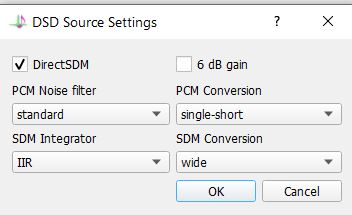b0bb
Headphoneus Supremus
- Joined
- Oct 15, 2014
- Posts
- 1,663
- Likes
- 888
Further analysis of the reverse leakage current behavior Ir of the STPSC8065 SiC Schottky
This device is designed for high voltage applications and as such the specification data is done at the voltage.
The LKS004 operated at 30V, the Vishay 10H100 is a device specified to work at 100V.
ST suggests in their datasheet that the leakage current drops if the voltage across the device is reduced.
As this info is presented as "typical" behavior, this means the official maximum still applies as far as acceptable performance.

Ir for the device at 25C and 100V could be as low 0.8uA
However this is just an educated guess, this presents an alternative interpretation to those dead keen on adding SiC rectifiers to their LKS004.
However based on the official numbers, one could turn the LKS004 into a 1980's style DAC.
This device is designed for high voltage applications and as such the specification data is done at the voltage.
The LKS004 operated at 30V, the Vishay 10H100 is a device specified to work at 100V.
ST suggests in their datasheet that the leakage current drops if the voltage across the device is reduced.
As this info is presented as "typical" behavior, this means the official maximum still applies as far as acceptable performance.

Ir for the device at 25C and 100V could be as low 0.8uA
However this is just an educated guess, this presents an alternative interpretation to those dead keen on adding SiC rectifiers to their LKS004.
However based on the official numbers, one could turn the LKS004 into a 1980's style DAC.




























